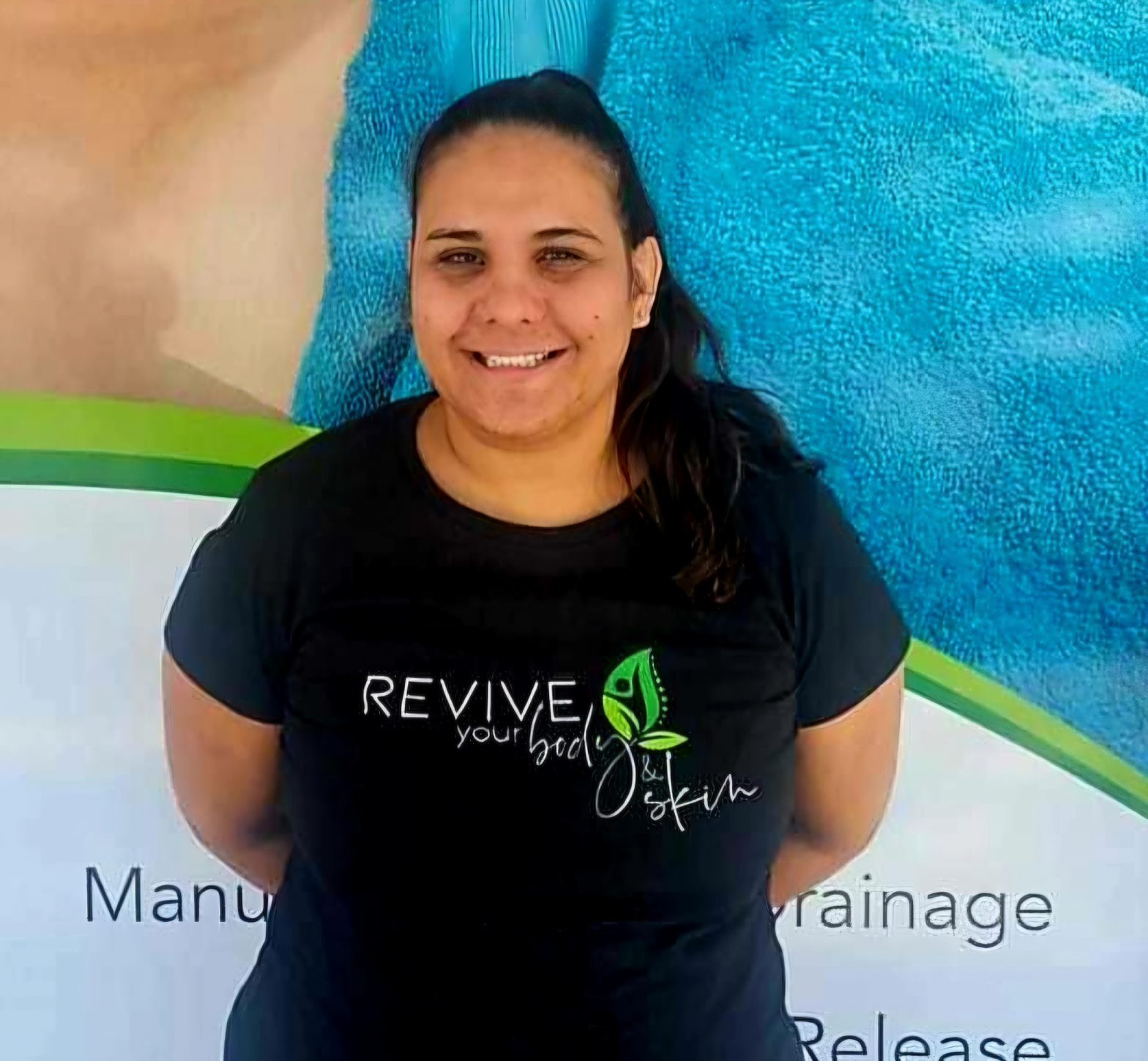
What is Your Skin Type and How it Can Help Your Skin Care Routine
Understanding your skin type is the first step to establishing a skincare routine that works for you. Each skin type has unique characteristics and requires different care to maintain health and appearance. By identifying your skin type, you can choose the most suitable products and treatments, ensuring your skin stays balanced, hydrated, and glowing.

Types of Skin
- Normal Skin: Well-balanced, not too oily or dry.
- Oily Skin: Prone to excess sebum production, resulting in a shiny appearance and potential breakouts.
- Dry Skin: Lacks moisture, often feeling tight and flaky.
- Combination Skin: Features both oily and dry areas, typically with an oily T-zone (forehead, nose, and chin) and drier cheeks.
- Sensitive Skin: Easily irritated, often reacting to certain products or environmental factors.
How to Identify Your Skin Type
Identifying your skin type involves observing your skin’s behaviour and how it responds to various products. Start by cleansing your face with a gentle cleanser and avoiding any additional products for a few hours. Pay attention to how your skin feels and looks during this time.
- Normal Skin: If your skin feels comfortable, without excess oil or dryness, you likely have normal skin. It will appear smooth and radiant, with few imperfections.
- Oily Skin: If your skin feels greasy and looks shiny, especially on the T-zone, you have oily skin. You may also notice enlarged pores and a tendency towards blackheads and pimples.
- Dry Skin: If your skin feels tight, rough, and flaky, you have dry skin. Dry skin often appears dull and may be prone to redness and irritation.
- Combination Skin: If you experience an oily T-zone but dry or normal cheeks, you have combination skin. This skin type requires different care for the different areas of your face.
- Sensitive Skin: If your skin easily reacts to products, becoming red, itchy, or inflamed, you have sensitive skin. You may also experience stinging or burning sensations.
Tailoring Your Skincare Routine to Your Skin Type
Once you know your skin type, you can select products and routines that cater to its specific needs.
Normal Skin
Maintain your skin’s balance with a gentle cleanser, a lightweight moisturiser, and a broad-spectrum sunscreen. Exfoliate regularly to keep your skin smooth and even-toned.
Oily Skin
Opt for oil-free and non-comedogenic products. Use a foaming cleanser to remove excess oil, and incorporate a toner to help control sebum production. A lightweight, oil-free moisturiser will keep your skin hydrated without adding extra shine.
Dry Skin
Focus on hydration and moisture. Use a creamy, hydrating cleanser and a rich moisturiser to lock in moisture. Look for products containing ingredients like hyaluronic acid and glycerin. Avoid hot water, as it can strip your skin of natural oils.
Combination Skin
Balance is key for combination skin. Use a gentle cleanser and a lightweight moisturiser. You might need different products for different areas – for example, a hydrating serum for dry areas and a mattifying product for the oily T-zone.
Sensitive Skin
Choose products with soothing, calming ingredients like aloe vera and chamomile. Avoid fragrances, alcohol, and harsh chemicals. Patch test new products before applying them to your entire face to ensure they won’t cause irritation.
Determining your skin type is essential for creating an effective skincare routine. By understanding your skin’s unique needs, you can select the right products and treatments to keep it healthy and radiant. Whether your skin is normal, oily, dry, combination, or sensitive, tailoring your routine to its specific requirements will help you achieve the best results and maintain a glowing complexion.











